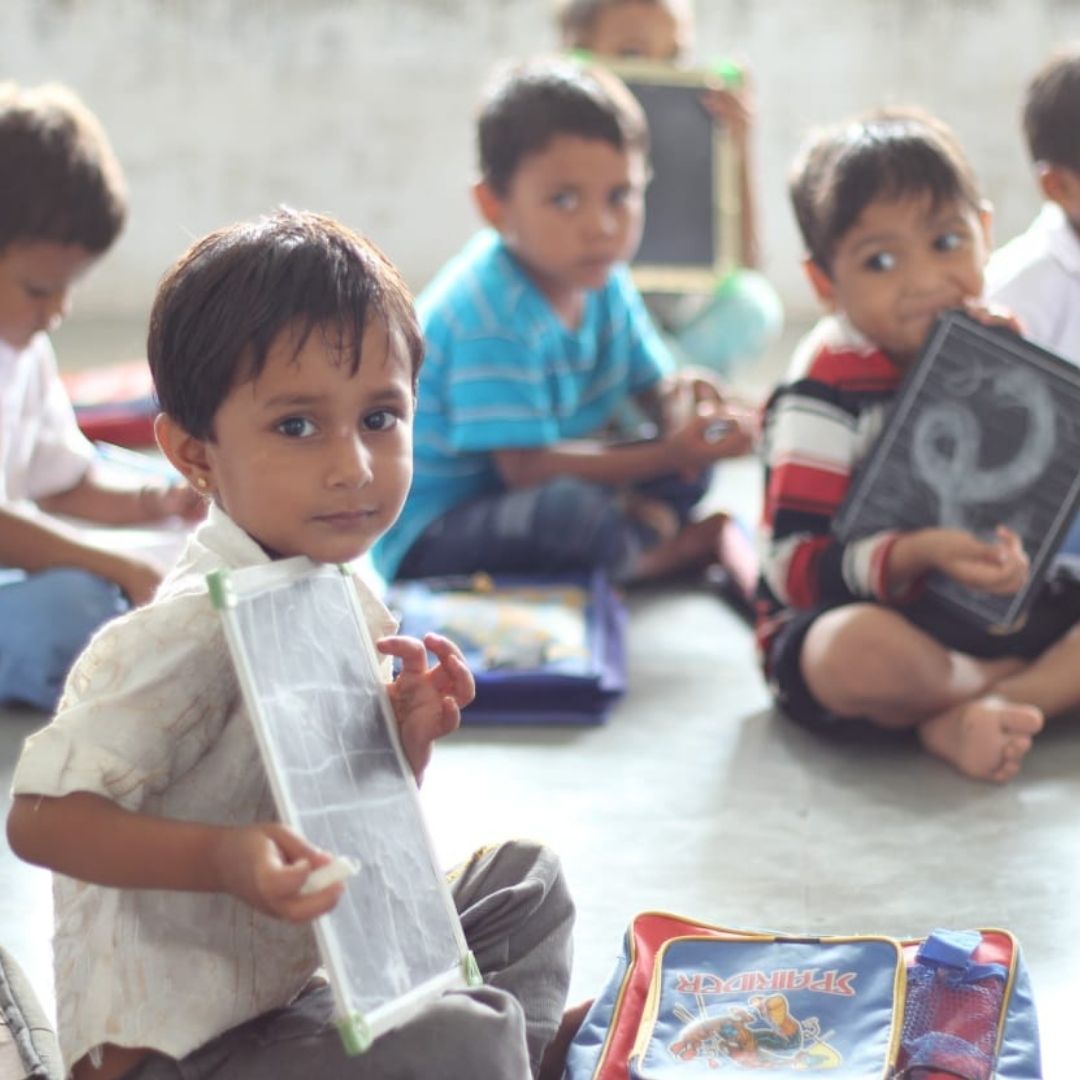
Image Credits: Pxhere
International Mother Language Day: India Still Has A Long Way For Promoting Mother-Tongue Based Education
Writer: Akanksha Saxena
I am a budding journalist who loves to write stories that have the ability to connect with people.
Others/World, 21 Feb 2022 12:24 PM GMT
Editor : Ankita Singh |
A literature lover who likes delving deeper into a wide range of societal issues and expresses her opinions about the same. Keeps looking for best-read recommendations while enjoying her coffee and tea.
Creatives : Akanksha Saxena
I am a budding journalist who loves to write stories that have the ability to connect with people.
International Mother Language Day is observed on February 21 every year to celebrate linguistic diversity globally. However, UNESCO states that 40% of the world is still deprived of education in their native language due to inaccessibility.
February 21 is celebrated as International Mother Language Day. As the name suggests, it celebrates global linguistic diversity by emphasising the importance of such languages. In 1999, UNESCO gave the green light to the idea of commemorating the myriad of languages around us.
This year, the theme for Mother Language Day is "Using Technology for Multilingual Learning: Challenges And Opportunities". As the world around us advances, methods incorporated to make our lives easier have only evolved for the best. History is proof that specific languages are deemed more popular than others.
One such language is English. It is popularly used as the medium of instruction in educational institutions worldwide. So much so that it has threatened the existence of many local and indigenous dialects.
Recent years have seen a rise in visibility. Several countries, including India, focus on using the mother tongue as the medium of education wherever necessary. However, the progress, unfortunately, is limited. According to UNESCO, 40% of the world's population does not have access to education in their language, widening the literary gap further.
Importance Of Mother Tongue Education
'Mother Tongue' is referred to as an individual's native language. More than 19,500 languages are spoken within the country in India, including local dialects within a particular state or district. It is this diversity that makes us stand out from the rest.
However, English is the popular medium of instruction in schools and colleges around the country. The rest of the Indian languages are taught as a second or third language in educational institutions.
To give the native languages more preference, the National Education Policy (NEP) brought about a groundbreaking change. According to The Economic Times, the all-important policy advocates that the regional language should be the medium of instruction in public and private schools until at least Class 5, or preferably Class 8.
The Ministry of Education is set to up a 'high-powered' committee that will recommend ways to formulate the framework for the same. A teacher-training module will be developed for multilingual teaching in the earlier classes. Volunteers familiar with particular native languages will be hired to facilitate the process.
Beneficial Yet Difficult Implementation
Introducing a mother-tongue based education medium has its pros and cons. With the current UNESCO report, implementing a policy like above in a child's formative years in schools is highly positive and beneficial. The method can bridge the gap between home and school learning, and a child will be able to understand and engage more with their cultural background.
While this is an exciting proposition, it can be challenging to implement. For a country that has used English as its primary medium of instruction for decades, suddenly changing to the regional language is a transformational nightmare. The National Education Policy will demand a lot of work, and therefore the government needs to be prepared adequately to take whatever action is necessary.
 All section
All section














